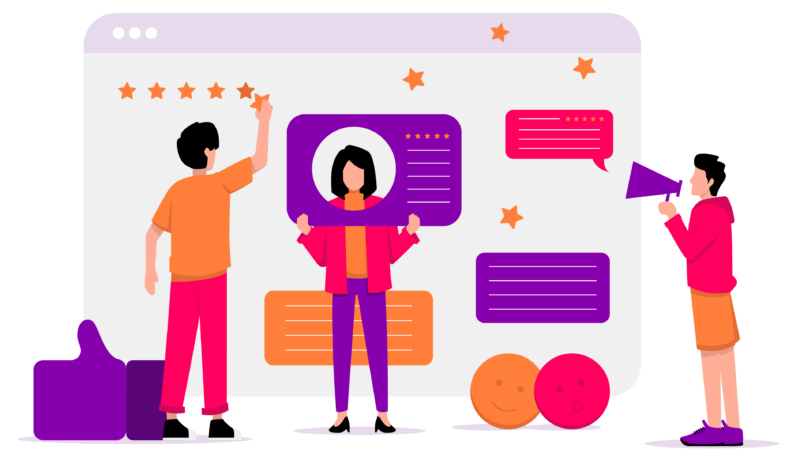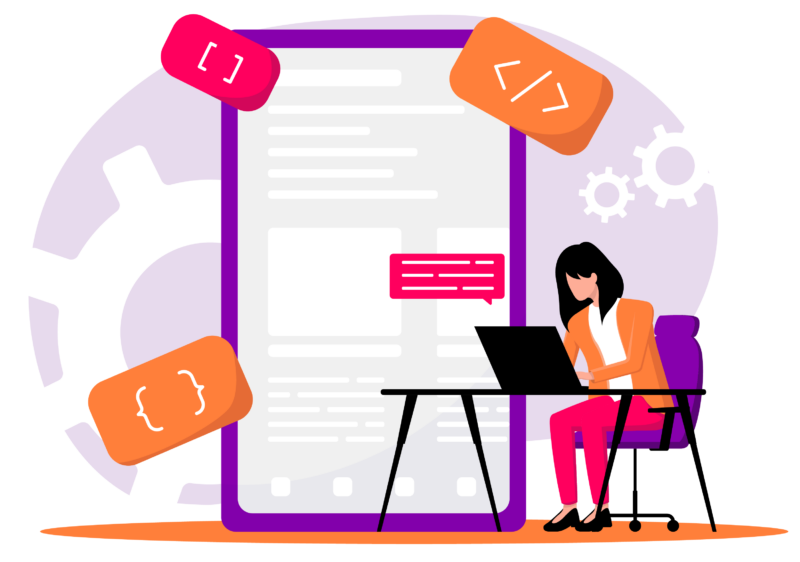Why You Need an Experience Layer For Your HRIS
Just as the technology we use in our personal lives has evolved with the times (who else can’t live without their smart watch tracking their every move? 🙈), so too does the technology we use to communicate and get work done.
Back in the day, most of the tech HR needed to manage their workforce lived in an HRIS – human resources information system. That’s where you manage your employee data and compliance at scale. It’s hugely important.
But when it comes to making employees feel connected to each other and your company, your HRIS tech falls flat. These systems were never built for the purposes of employee retention and productivity.
Enboarder® works with some of the world’s best employers to help them put human connection and experience at the center of their people programs. In this blog, we’ll explain:
- Why you need an experience layer beyond a traditional HRIS
- Examples of how other companies have consolidated their HR tech stack through integrating with Enboarder
4 Benefits of an Experience Layer
“A lot of systems communicate with your employees: your HRIS, ATS, payroll and more. But just because your system can do employee communication, doesn’t mean it’s built for employee communication. There’s a difference,” says Jesse Trindade, Solutions Architect at Enboarder.
That difference? Traditional systems focus on automating paperwork (long checklists, compliance signatures, and forms), missing out on the big opportunity of a connected employee experience.
Here are four benefits of adding an experience layer like Enboarder:

✅ Wow your employees with engaging journeys.
🚫 No more boring checklists and lack of engagement with your programs.
It’s useful to have forms, checklists, and compliance information fully automated in your system. But this information should be delivered at the right time, via the right channel, and inside a larger experience. An experience that’s highly personalized and delivers content in bite-sized pieces cuts through the noise of an already overwhelmed inbox.

✅ Connect and orchestrate your people to drive action and belonging.
🚫 Make siloed task completion, low manager engagement, and loneliness a thing of the past.
What makes engagement soar and the employee experience truly exceptional is a sense of belonging and connection amongst your workforce. And that should be seamless. All stakeholders in your people program – from legal to IT to hiring managers – should be part of the same experience. One that contains an intuitive interaction that coaches and guides your stakeholders without them having to actively seek it out. So that consistency and accountability for engagement with your programs are easy to manage. Oh, and don’t forget the FUN! A truly exceptional exceptional people program will help your people connect and bond through common interests and shared experiences.

✅ Changes in days, not months.
🚫 Say goodbye to being reliant on IT.
One of the best things an experience layer can do is give you full control over your people programs. You can build engaging content without any specialized skills. And more importantly, you can change it on the fly whenever you want, wherever you want. An intuitive platform will give you control to build a program with unmatched levels of customization, because the experience is central (not the checklist). And let’s not forget about reporting: An experience layer will report on the metrics you need, natively. Directly analyze your programs’ impact on key business results such as retention, eNPS, referrals, and social advocacy. Track your success and respond in real-time to meet every moment.
Curious how a company like yours might take action and add an experience layer? Check out these three examples and get inspired!
1. Sprucing up employee comms at Moneysupermarket Group.
“We found our HRIS to be very data-driven,” says Kiera Hazley, people operations team leader at Moneysupermarket Group. “It holds a lot of data, and has the ability to send information to people.”
But that information lacked branding and excitement at Moneysupermarket. Their HRIS emails had “this tiny little black and white text without any logos or anything of the sort … referring to the employee’s ID before the employee’s name.” Not only was this not the experience Kiera was trying to build for her employees, but she said “people miss it all together, because it doesn’t look like important information.”
So the team layered Enboarder on top of their tech stack. Now they can continue to leverage data from their HRIS, but in a drastically more engaging way. “With Enboarder we’re able to add photos and pictures, change the text, change the font size and color,” says Kiera. “It even embeds what we want in the content. Our benefits brochure is now linked and directly embedded into the screen. That was really nice – you can just scroll through it.”
Here’s how it works:
- Using Enboarder’s native integration, Moneysupermarket loads new hires from their HRIS into their Enboarder onboarding (and other) workflows. “Enboarder runs on key dates, meaning no matter when the data fields in the HRIS are uploaded, the workflow will only start once it hits those – in our case -60 days before the key date,” says Kiera.
- The integration passes a new hire’s work email address into Enboarder once it’s available. This means after a new hire’s start date the team can send content to a new hire’s work email rather than their personal address ensuring data security.
- Moneysupermarket’s HRIS remains their single source of truth – the system that stores information and pushes data out. But now HR and employees don’t need to go into each and every system to make necessary updates. Now that’s a win-win!
2. Saying goodbye to manual HR tasks at Sandvik.
Kylie Cook, recruiting and talent manager at Sandvik, knew HR tech integration would help take away a lot of the manual tasks that were bogging her team down. First she had to get her IT team on board.
“Us and our IT department, we just speak a completely different language,” Kylie laughs. “We said, ‘We’re not the experts and we don’t know what you need, but here’s the outcome we need.'”
So she enlisted the help of the Enboarder integration team to make the magic happen. “Once we understood what was needed and who the stakeholders were to help get that done, it was really easy. And then it was just a matter of testing it. Once we were happy with the tests, we went live and we haven’t looked back.”
Here’s what that looks like at Sandvik:
- The native Workday integration now automatically enters Sandvik’s new hires into the right journey as soon as the offer is signed.
- The Sandvik team is saving loads of time, no longer having to think about personalizing onboarding for each individual employee. Launching employees into an amazing experience is not”just another thing to remember,” says Kylie.
- After Sandvik saw how easy it was to build and scale new journeys, they also started using Enboarder to help connect employees to other critical communications.
3. Bringing human connection front and center at Dermalogica.
An experience layer can unlock and transform all data, not just data from an HRIS. That’s what Dermalogica uncovered when integrating Enboarder Journeys with Greenhouse, Dermalogica’s ATS.
“That has been life-changing for me because I was putting everybody in manually. It’s all automated in the background and everything just falls into place,” says Beca Floyd, internal communications and engagement manager at Dermalogica.
Bringing Enboarder into Dermalogica has brought the focus on human connection to the forefront of the company: “It’s the silver thread that runs through all our programs,” says Beca. “It’s not about one key little notification or module.”
Now there is true personalization at every step. “It’s what makes you feel you’ve really been thought about, rather than just being the recipient of a mass email,” she explains
Are you ready to elevate your current employee programs with an experience layer that leverages your HRIS and ATS data? Book a call with us.